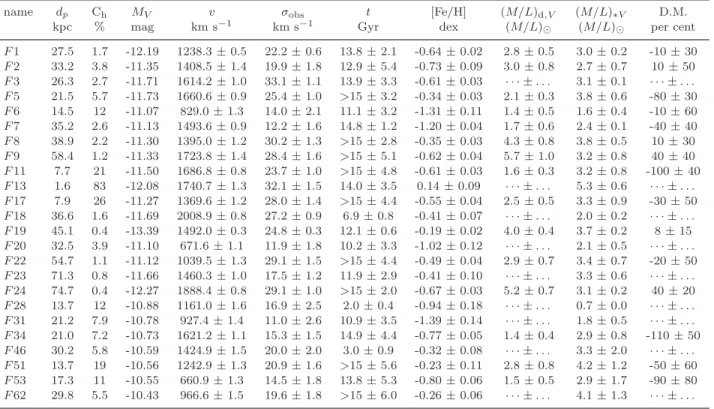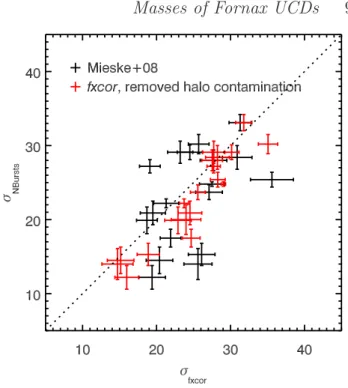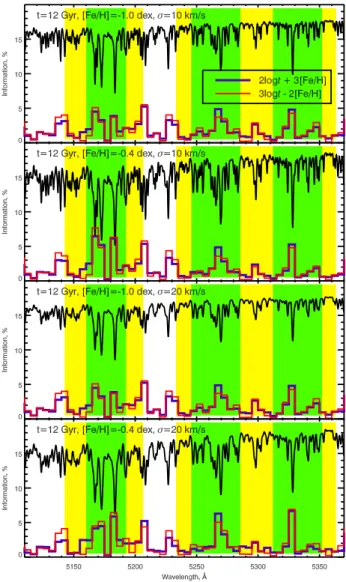Dynamical versus stellar masses of ultracompact dwarf galaxies in the Fornax cluster star
Texto completo
Figure
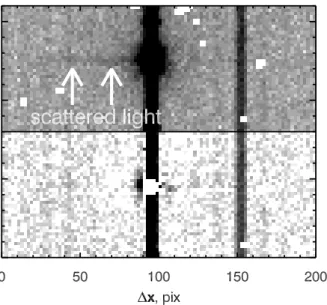
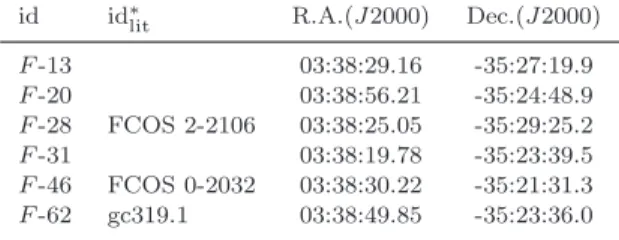
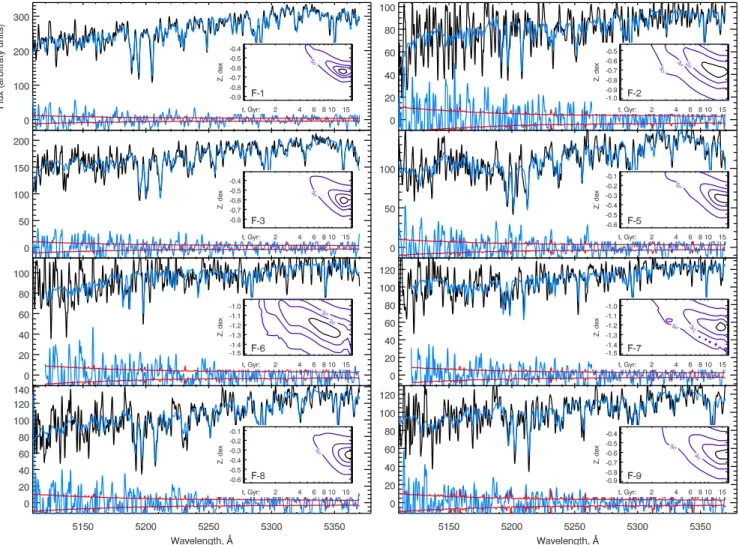
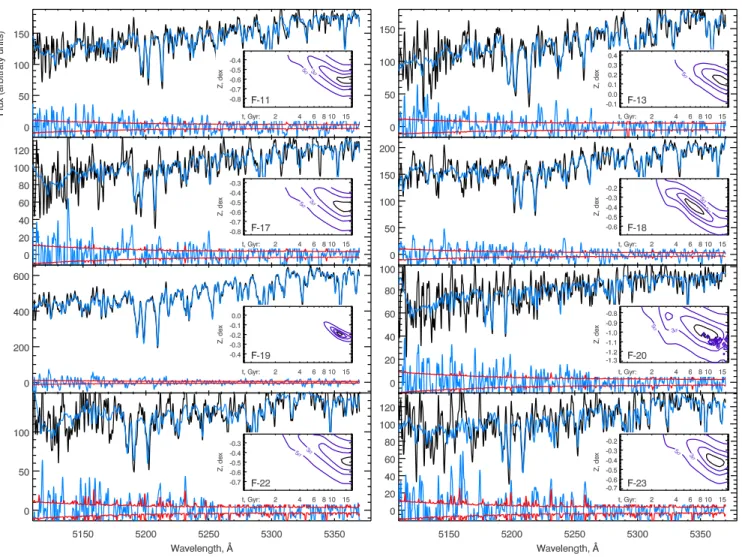
Documento similar
In the preparation of this report, the Venice Commission has relied on the comments of its rapporteurs; its recently adopted Report on Respect for Democracy, Human Rights and the Rule
This first paper presents the observations, data reduction and processing techniques used; the main characteristics of the central regions of the sample galaxies are derived
This paper is organized as follows: section 2 provides a brief description of the CMS detector; section 3 gives details of the Monte Carlo generators used in this analysis; section
The paper is structured as follows: In the next section, we briefly characterize the production technology and present the definition of the ML index as the geometric mean of
The paper is organized as follows: Section 2 gives preliminaries and general facts needed in the rest of the paper; Section 3 gives some background on the isometry group of a
In addition to those studies the data used in this report has been used to obtain the monthly variability of clear and usable nights in a year, as well as relevant statistics for
We shall briefly describe in section 2 the training of PPs, as well as their handling of margins, while in section 3 we will describe the overall training set relevant pattern
We shall briefly describe in section 2 the training of PPs, as well as their handling of margins, while in section 3 we will describe the overall training set selection procedure

